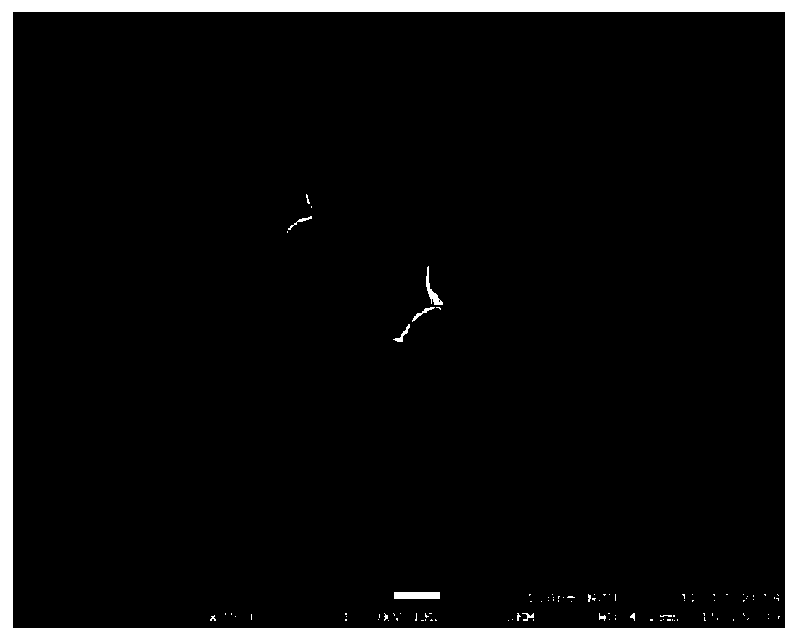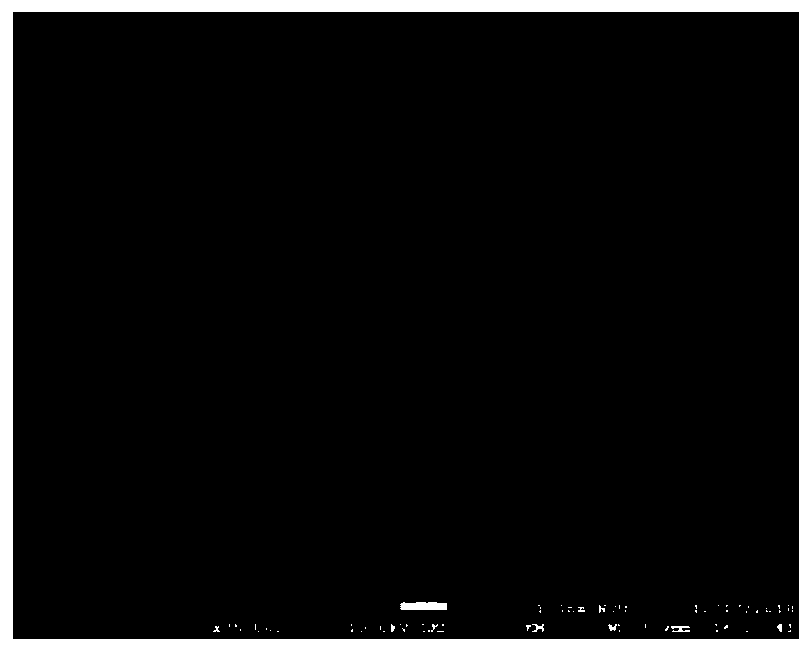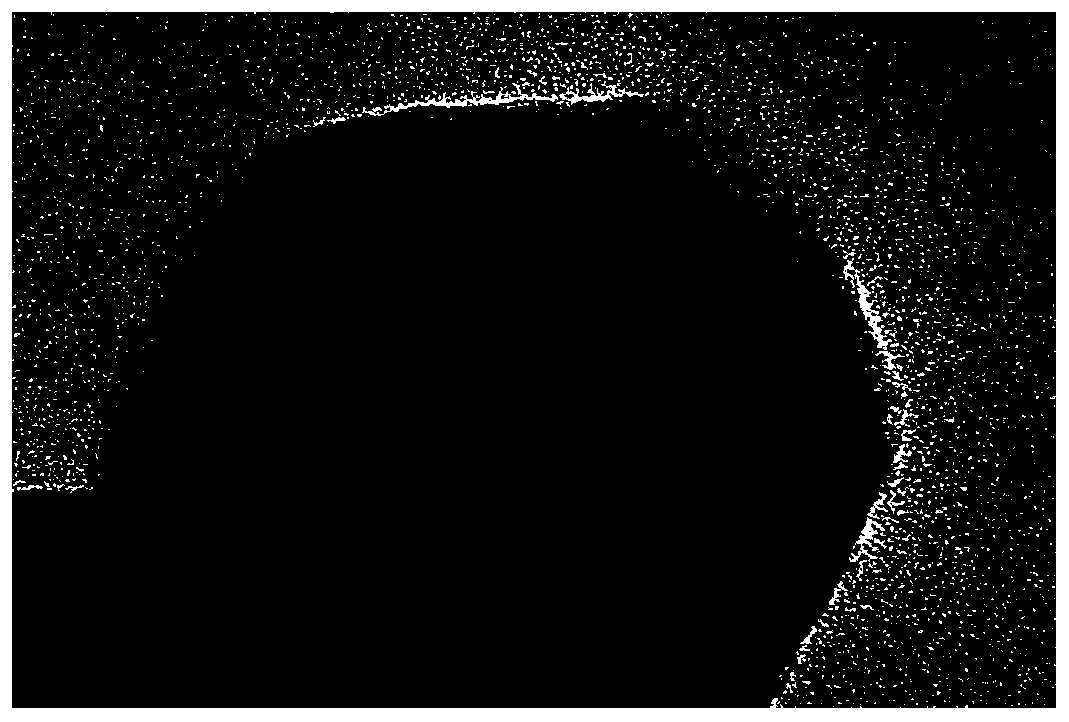Method for confinement preparation of high-dispersion palladium sub-nanometer particles through zeolitic imidazolate frameworks (ZIFs)
A technology of zeolite imidazolate and framework materials, which is applied in the field of synthesis of highly dispersed sub-nanometer particles, which can solve the problems of difficult diffusion and adsorption of metal salts and reducing agents, and achieve the effects of uniform size, regular shape and good stability
- Summary
- Abstract
- Description
- Claims
- Application Information
AI Technical Summary
Problems solved by technology
Method used
Image
Examples
preparation example Construction
[0025] The present invention provides a method for preparing high-content, highly dispersed palladium subnano-scale particles using zeolite-like imidazolate framework materials, comprising the following steps:
[0026] 1) ZIFs were prepared according to the prior art, that is, metal nitrate and imidazole derivatives were respectively dispersed in 50 mL of methanol, the metal nitrate solution was poured into the imidazole derivative solution, and stirred at 600 rpm for 2 h at room temperature. Centrifuge at 15,000 rpm for three minutes, wash with methanol three times, and dry under vacuum at 80°C for 24 hours.
[0027] 2) Pre-mix the ZIFs dispersion with the palladium salt solution under reduced pressure, stir the reaction, filter with suction, and dry to obtain Pd 2+ / ZIFs.
[0028] The palladium salt precursor is sodium tetrachloropalladate; the mass ratio of palladium salt and carrier ZIFs is 1:15~10:15; the solvent for dispersing ZIFs and sodium tetrachloropalladate is ult...
example 1
[0035] (1) Preparation of carrier ZIF-8
[0036] Disperse 2.453g of zinc nitrate hexahydrate and 5.4186g of 2-methylimidazole in 50mL of methanol respectively, pour the zinc nitrate hexahydrate solution into the 2-methylimidazole solution, and stir at 600rpm for 2h at room temperature. Centrifuge at 15,000 rpm for three minutes, wash with methanol three times, and dry under vacuum at 80°C for 24 hours.
[0037] (2)Pd 2+ / Preparation of ZIF-8
[0038] The mass ratio of sodium tetrachloropalladate and carrier ZIF-8 is 1:15, which are respectively dispersed in ultrapure water with a volume ratio of 1:2, and the mixed solution is vacuumized for 10min, stirred for 2h under 1000rpm rotating speed, suction filtered, and filtered with an ultrapure water Wash with pure water three times or more, and vacuum dry at room temperature for 20 minutes.
[0039] (3) Preparation of Pd@ZIF-8
[0040] Disperse Pd with 20 mL of ultrapure water 2+ / ZIF-8, add 3.43mL of sodium borohydride with...
example 2
[0043] (1) Preparation of carrier ZIF-67
[0044] Disperse 2.402 g of cobalt nitrate hexahydrate and 5.4186 g of 2-methylimidazole in 50 ml of methanol respectively, pour the cobalt nitrate hexahydrate solution into the 2-methylimidazole solution, and stir at 600 rpm for 2 hours at room temperature. Centrifuge at 15,000 rpm for three minutes, wash with methanol three times, and dry under vacuum at 80°C for 24 hours.
[0045] (2)Pd 2+ / Preparation of ZIF-67
[0046] The mass ratio of sodium tetrachloropalladate to the carrier ZIF-67 is 6:15, respectively dispersed in ultrapure water with a volume ratio of 1:2, vacuumized for 10 minutes for pre-mixing under reduced pressure, stirred at 1000rpm for 2 hours, and filtered , washed with ultrapure water three times or more, and dried in vacuum at room temperature for 20 min.
[0047] (3) Preparation of Pd@ZIF-67
[0048] Disperse Pd with 20 mL of ultrapure water 2+ / ZIF-67, add 20.58mL of sodium borohydride with a concentration...
PUM
 Login to View More
Login to View More Abstract
Description
Claims
Application Information
 Login to View More
Login to View More - R&D
- Intellectual Property
- Life Sciences
- Materials
- Tech Scout
- Unparalleled Data Quality
- Higher Quality Content
- 60% Fewer Hallucinations
Browse by: Latest US Patents, China's latest patents, Technical Efficacy Thesaurus, Application Domain, Technology Topic, Popular Technical Reports.
© 2025 PatSnap. All rights reserved.Legal|Privacy policy|Modern Slavery Act Transparency Statement|Sitemap|About US| Contact US: help@patsnap.com



